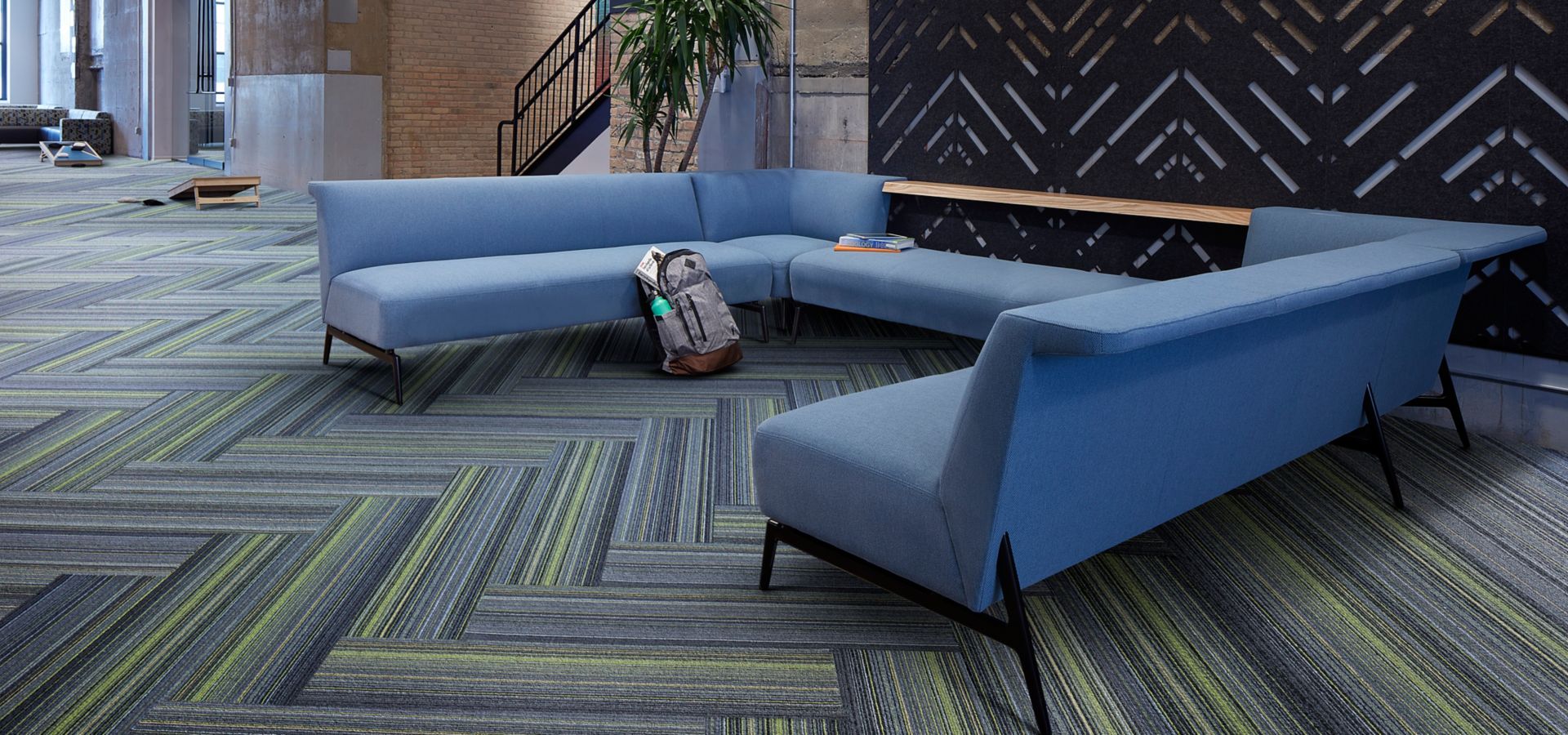Select a Location
It’s flooring—and then some. Made for More.

Why Does Carbon Matter?

Embodied Versus Operational Carbon
Embodied Carbon is the carbon footprint of the product from raw material creation, growth and extraction through processing until final packaging and factory shipping. Operational Carbon means the footprint of carbon after it leaves Interface, including shipment, customer use and end of life.
Reducing our Carbon Footprint
Reducing embodied carbon is the most urgent challenge of all. Since 1994, we’ve been leading our industry in reducing the carbon footprint of our products to become the lowest in the industry through their full life cycle.
Learn more about our progress in our latest Impact Report here.
Carbon Negative
In 2021, we launched our first carbon negative carpet tile, the most environmentally friendly product we have ever made. Though the embodied carbon for these new products is net negative (cradle-to-gate), the total life cycle still has a carbon footprint due to operational carbon. To keep the entire life cycle of our products carbon neutral, we offset our operational carbon through the Carbon Neutral Floors™ programme.
Carbon Reduction
Carbon negative carpet tile changed everything for Interface. We now know it’s possible to store more carbon than we emit. We want to challenge ourselves and others to become carbon negative, enterprise wide, without offsets. It’s time for us all to back up our words with investment in solutions that accelerate carbon reduction and storage.
Company Goals
We’ve achieved our Mission Zero™ commitment. Now we’re raising the bar to set even bolder goals. Our goal is to halve our company carbon emissions by 2030 and become a carbon negative enterprise by 2040.
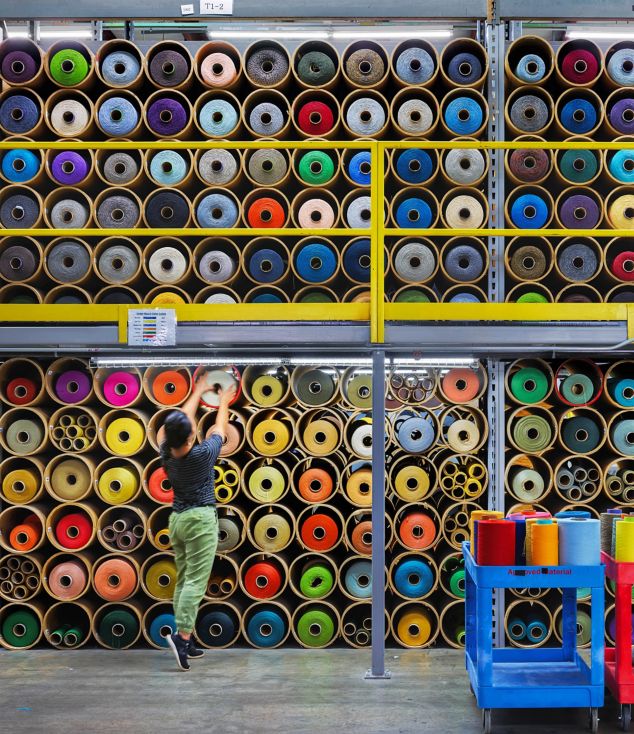

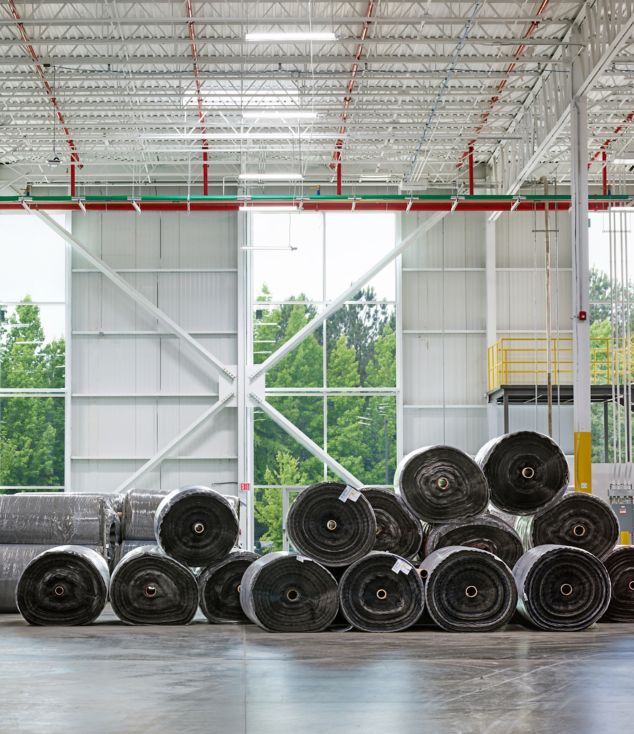
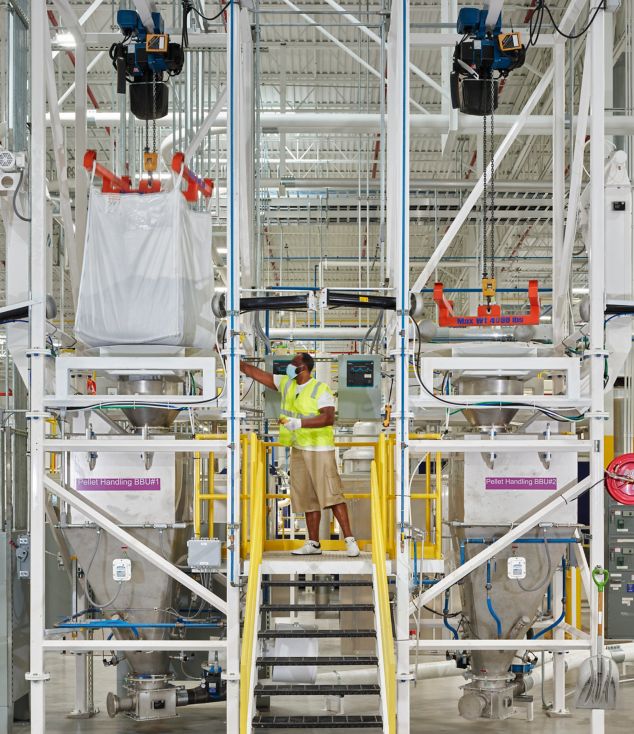

Reducing our Carbon Footprint
Reducing embodied carbon is the most urgent challenge of all. Since 1994, we’ve been leading our industry in reducing the carbon footprint of our products to become the lowest in the industry through their full life cycle.
Learn more about our progress in our latest Impact Report here.

Carbon Negative
In 2021, we launched our first carbon negative carpet tile, the most environmentally friendly product we have ever made. Though the embodied carbon for these new products is net negative (cradle-to-gate), the total life cycle still has a carbon footprint due to operational carbon. To keep the entire life cycle of our products carbon neutral, we offset our operational carbon through the Carbon Neutral Floors™ programme.

Carbon Reduction
Carbon negative carpet tile changed everything for Interface. We now know it’s possible to store more carbon than we emit. We want to challenge ourselves and others to become carbon negative, enterprise wide, without offsets. It’s time for us all to back up our words with investment in solutions that accelerate carbon reduction and storage.

Company Goals
We’ve achieved our Mission Zero™ commitment. Now we’re raising the bar to set even bolder goals. Our goal is to halve our company carbon emissions by 2030 and become a carbon negative enterprise by 2040.

Taking Action: Setting a Science Based Target
The world is transitioning to a zero-carbon economy and businesses must act urgently to reimagine their businesses in a zero-carbon world.
Interface has committed to reduce absolute scope 1 and 2 GHG emissions 50% by 2030 from a 2019 base year, to reduce absolute scope 3 emissions from purchased goods and services 50% and to reduce Scope 3 emissions from business travel and employee commuting 30% within the same timeframe.


The Most Sustainable Flooring We Have Ever Made
Influenced by the integrity of the natural world around us, the Embodied Beauty™ collection shows that great design doesn't have to compromise on the pursuit of sustainability.
Three products in the collection are carbon negative (cradle to gate) marked with [-CO2].
All products within the Embodied Beauty collection are carbon neutral across their full product life cycle.
How You Can Design with Carbon in Mind
We hope that the approach we have taken has given you food for thought, but we cannot reverse global warming alone. We need your help. There are a number of steps you can take to design with carbon and the climate in mind.
Greenhouse Gas Verification Statement

GHG Inventory
Designers & Architects
Work with us to reduce your project's carbon footprint.
- Reuse existing products and materials
- Once decided it’s needed - what is the carbon footprint of it and are there lower footprint options available?
- Optimise choices: Do we need it? Do we need as much of it?
- Specify for carbon reduction
Contractors
Don’t be afraid to speak up and educate design firms and owners as early as possible on the impact of embodied carbon.
- Consider carbon footprint alongside cost
- Smart procurement – suggest options that save emissions and don’t sacrifice performance or cost
- Engage in policy discussions and opportunities
- Inform, educate, and encourage
Manufacturers
Obtain and use Life Cycle Assessments.
- Target highest carbon impacts for footprint reductions
- Source renewable energy for manufacturing process, same for supply chain
- Commit to recycle carbon intensive materials
- Work with product development teams to ensure carbon footprint is a consideration for development process
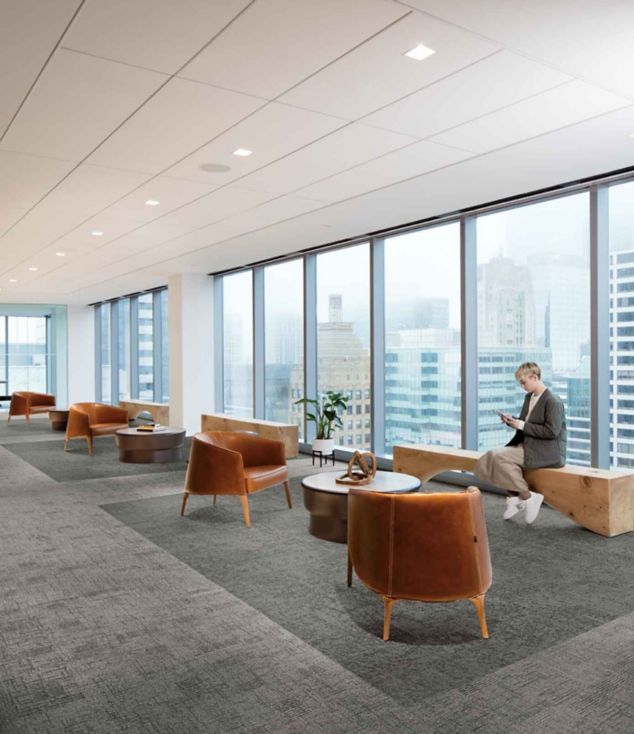
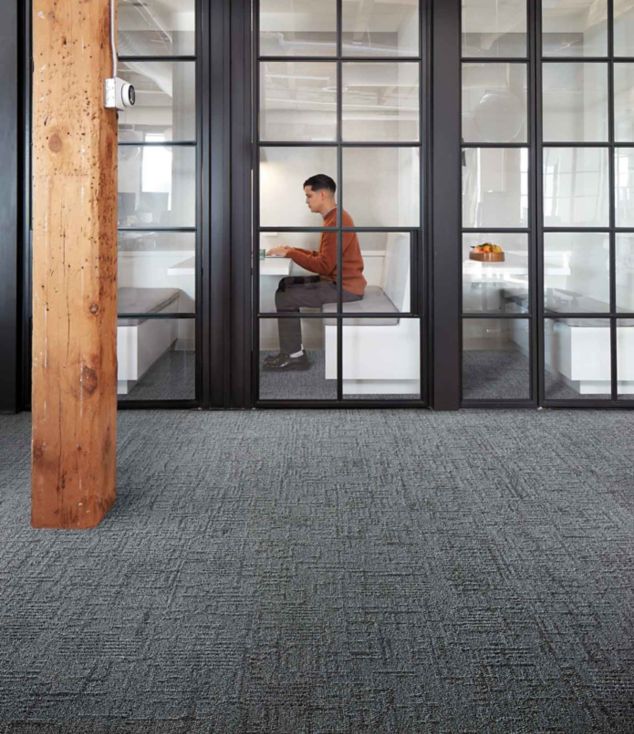
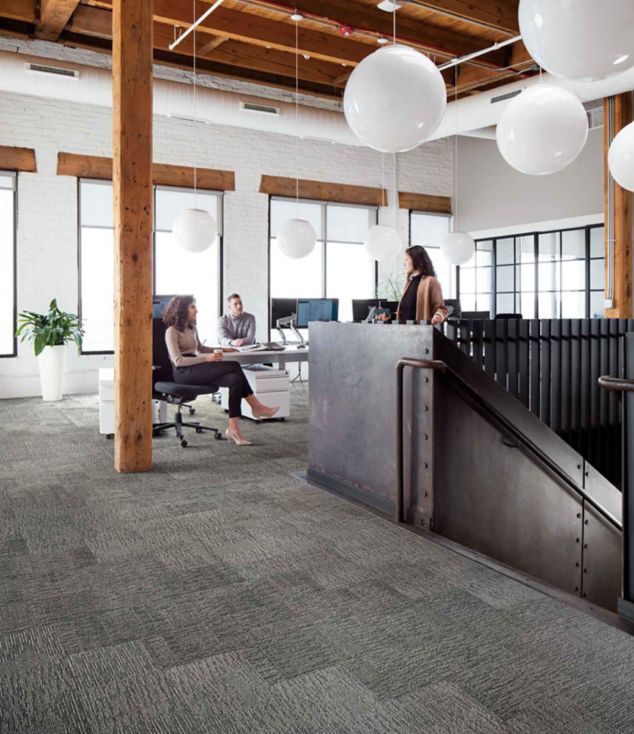

Designers & Architects
Work with us to reduce your project's carbon footprint.
- Reuse existing products and materials
- Once decided it’s needed - what is the carbon footprint of it and are there lower footprint options available?
- Optimise choices: Do we need it? Do we need as much of it?
- Specify for carbon reduction

Contractors
Don’t be afraid to speak up and educate design firms and owners as early as possible on the impact of embodied carbon.
- Consider carbon footprint alongside cost
- Smart procurement – suggest options that save emissions and don’t sacrifice performance or cost
- Engage in policy discussions and opportunities
- Inform, educate, and encourage

Manufacturers
Obtain and use Life Cycle Assessments.
- Target highest carbon impacts for footprint reductions
- Source renewable energy for manufacturing process, same for supply chain
- Commit to recycle carbon intensive materials
- Work with product development teams to ensure carbon footprint is a consideration for development process
Collaborating with our Partners
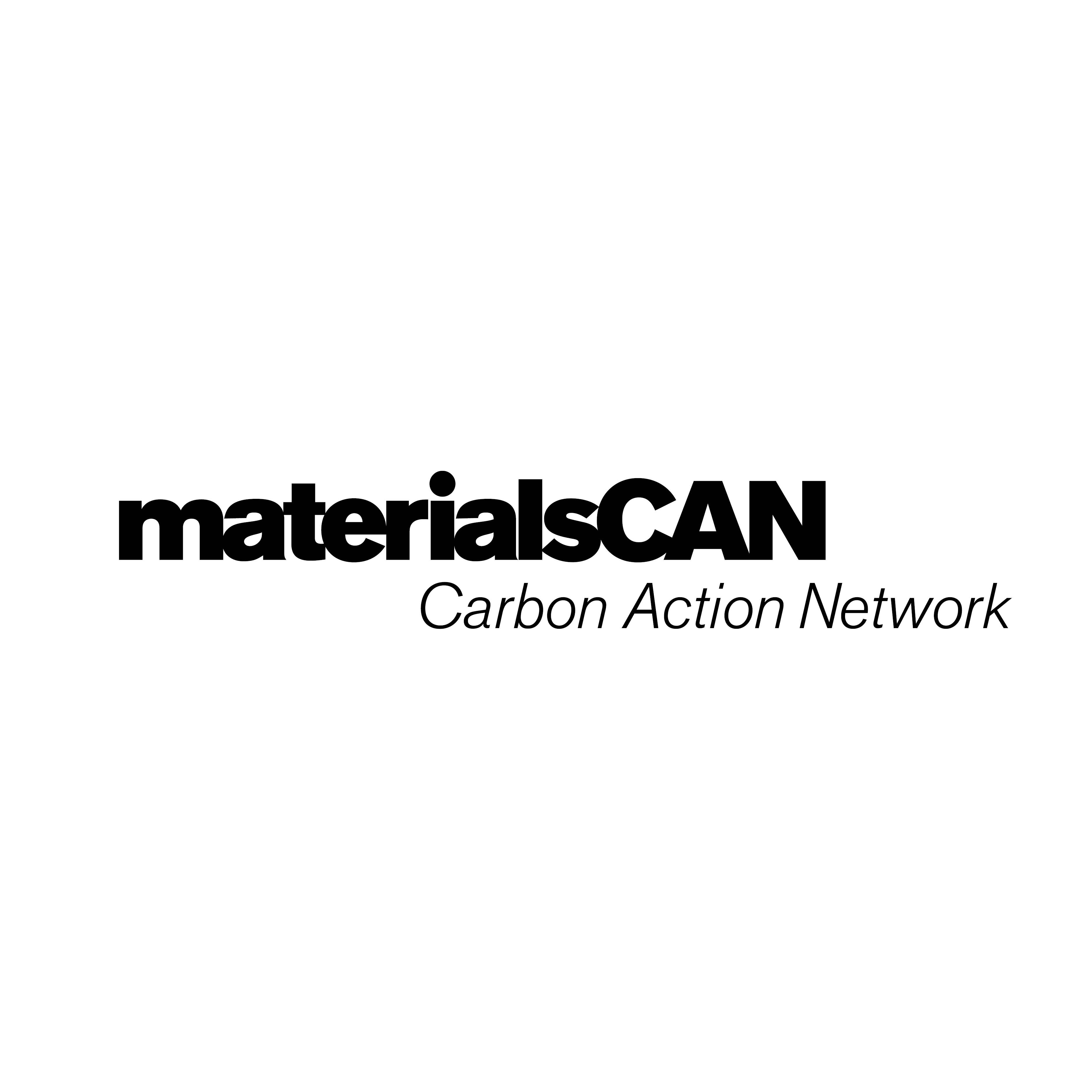
MaterialsCan

